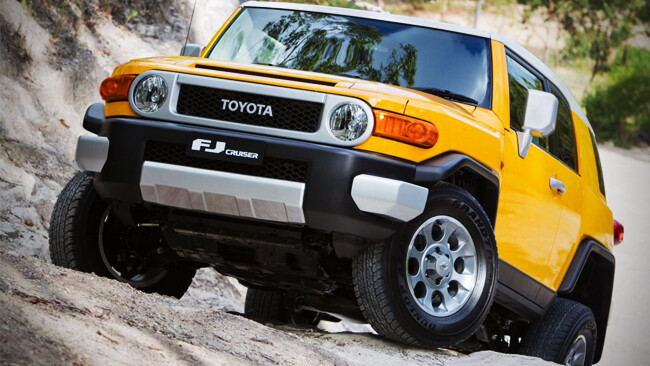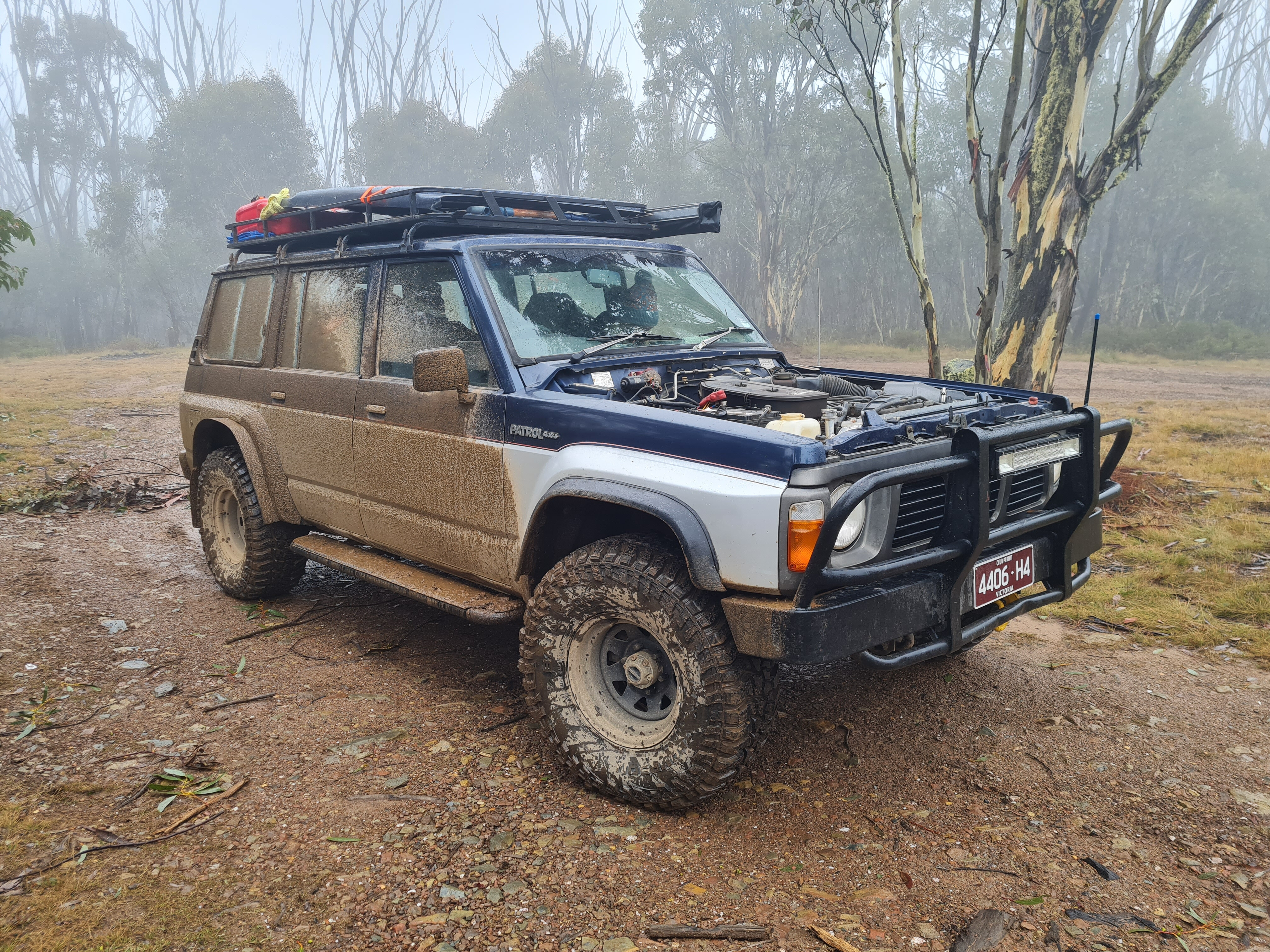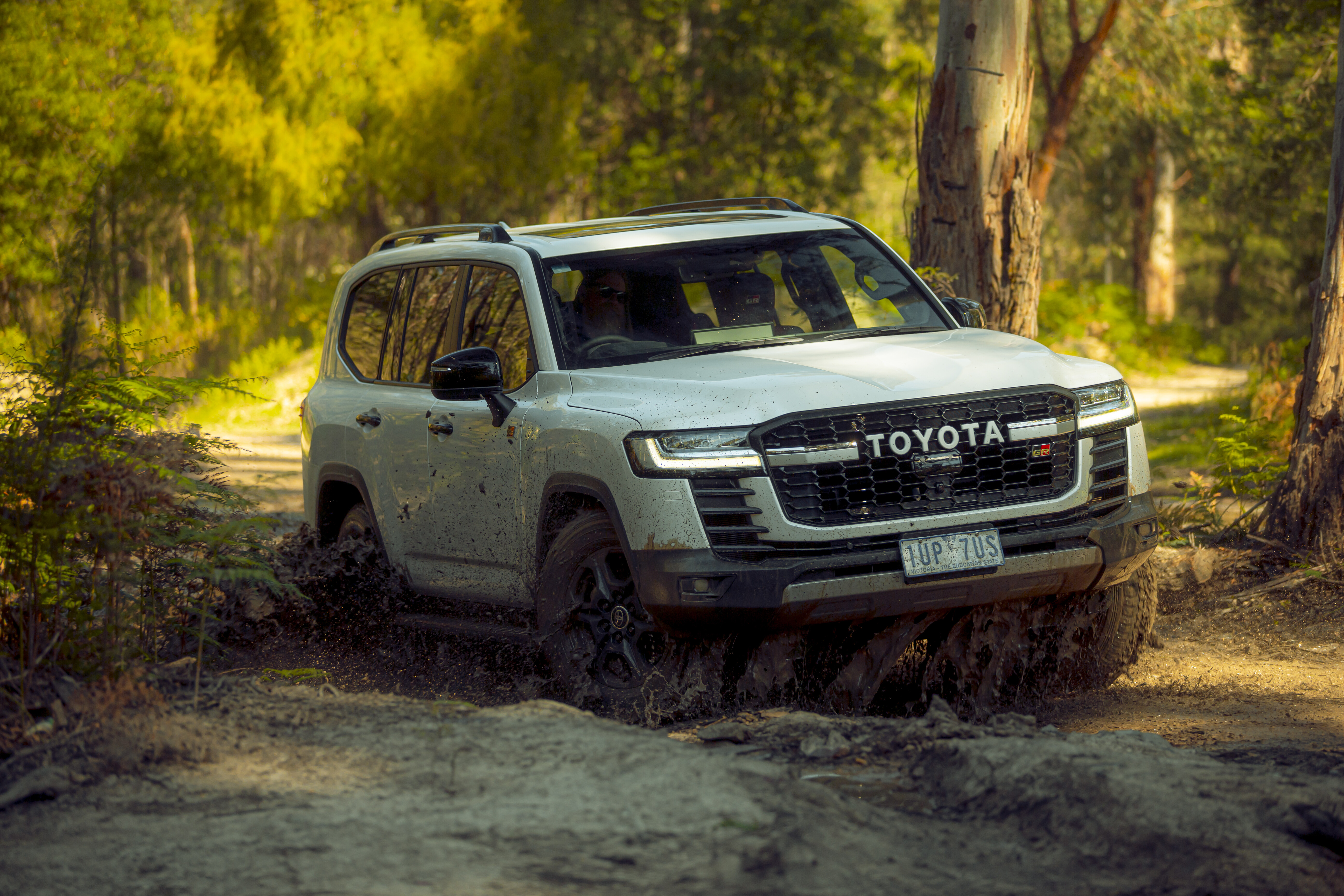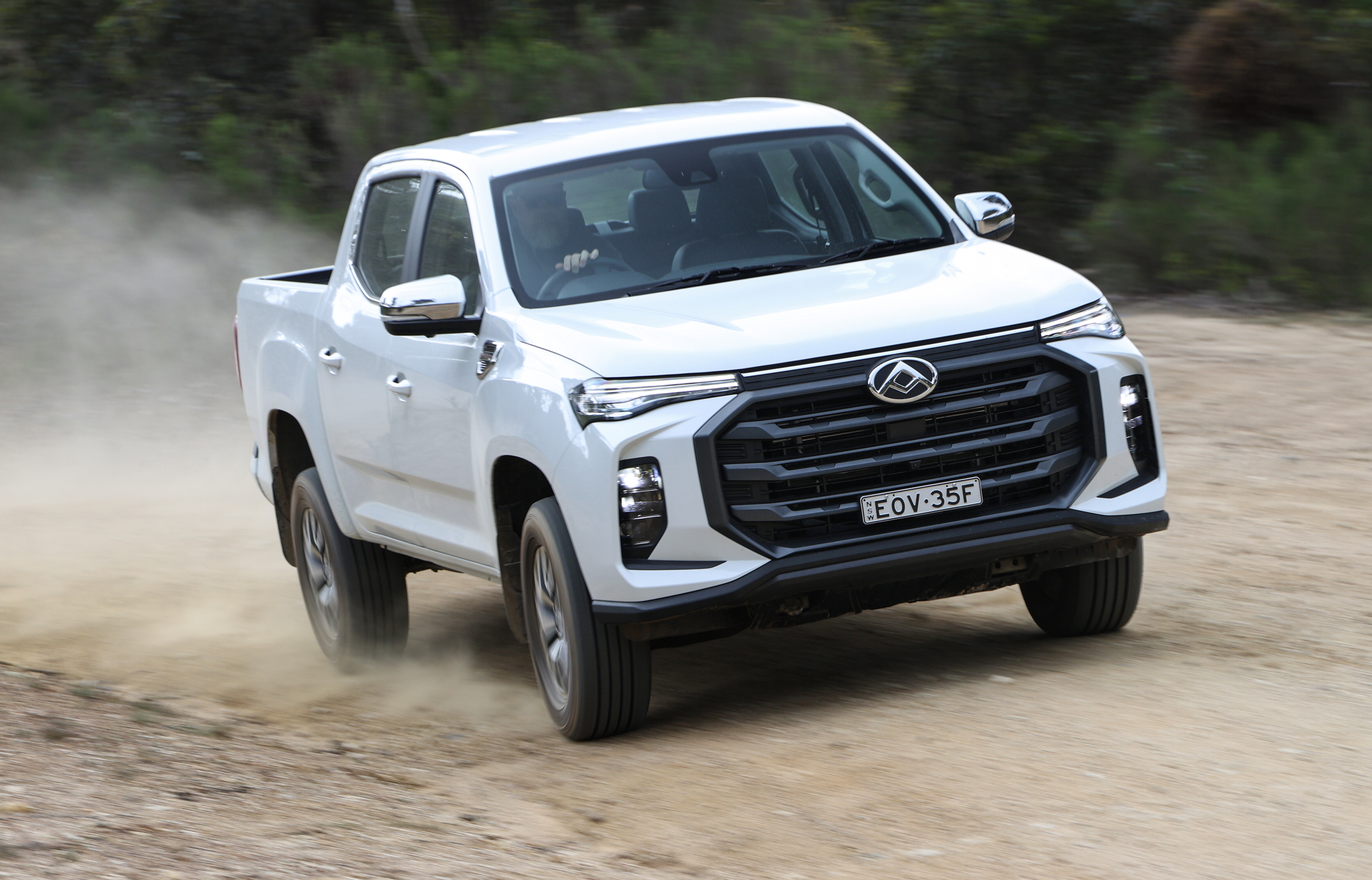Normally staid Toyota breaks with tradition and goes all, well, traditional with its FJ retrospective.
Retro. In the general motoring world, that term conjures up a mix of success and failure. Replicating a vehicular style from decades ago is fraught with risk – just ask Volkswagen about the Beetle – but can also bring satisfaction (MINI owners put your hands up now).In the four-wheel drive world, retro styling has never really caught on. Sure, the Land Rover Defender 90 and Jeep Wrangler retain large amounts of origin-vehicle DNA. If you’re a bit of a wag, you could even suggest Nissan’s GU Patrol or Toyota’s 70 Series vehicles.All these models, however, have been gradual evolutions of previous incarnations, not brand-spanking new vehicles – with the manufacturers playing up the fact that each said new rig is in fact a reinvigoration of its original, ground-breaking off-roader. And when it comes to this type of risk-taking, who would have thought that it would be Toyota that laid down its cards and presented a vehicle such as the FJ Cruiser, probably Toyota Australia’s most blatant chancing of its arm in decades?To state the bleeding obvious (and by now, well-known fact: the FJ Cruiser has been available in the US for the past five years and we first reported on it in our May 2006 issue), Toyota’s FJ Cruiser is the modern re-imagining of the FJ40 LandCruiser, which lobbed in Australia in the 1950s and proceeded to build its reputation as a no-holds-barred capable – and reliable – off-road vehicle, with its legend (almost literally) cemented during the building of the Snowy Hydro Scheme, where the FJ40 became the workhorse of choice.This modern incarnation of the FJ40 holds true to the original vehicle’s ethos: There’s one model variant; Toyota has ever so cleverly cheated, but there are still only two, er, main doors; it possesses ample ground clearance; approach, ramp-over and departure angles are impressive; it is powered by a petrol engine only; has one transmission choice (five-speed auto); and fit and finish is as you would expect from a Toyota.Styling cues from the FJ40 are abundant in the squared-off lines of the FJ Cruiser. The front mesh grille, with headlamps set wide to either side, the white roof (standard on all nine colour schemes), upright front window and the rear corner windows that hug the rear curves are all style salutes to the FJ40, but retain a modern edge.The interior has the same mix of retro and modern – a mix of pseudo-metallic surfaces in body colour and hard-wearing plastics and cloth trim – although the triple-gauge pod, slapped on top of the dash, looks like an afterthought and does nothing for forward vision.All the necessary gear is easy to operate and reach, thanks to oversized handles (switches, levers, etc) in keeping with the practicality theme – often overlooked by vehicle designers. Interestingly, the B-pillar is built into the rear doors, and meets stringent side-impact criteria, while still being easy to open and close.Sound is supplied via an eight-speaker (including a roof-mounted one) system with iPod connectivity (and a jack for other MP3 players), six-stack CD player and Bluetooth.





